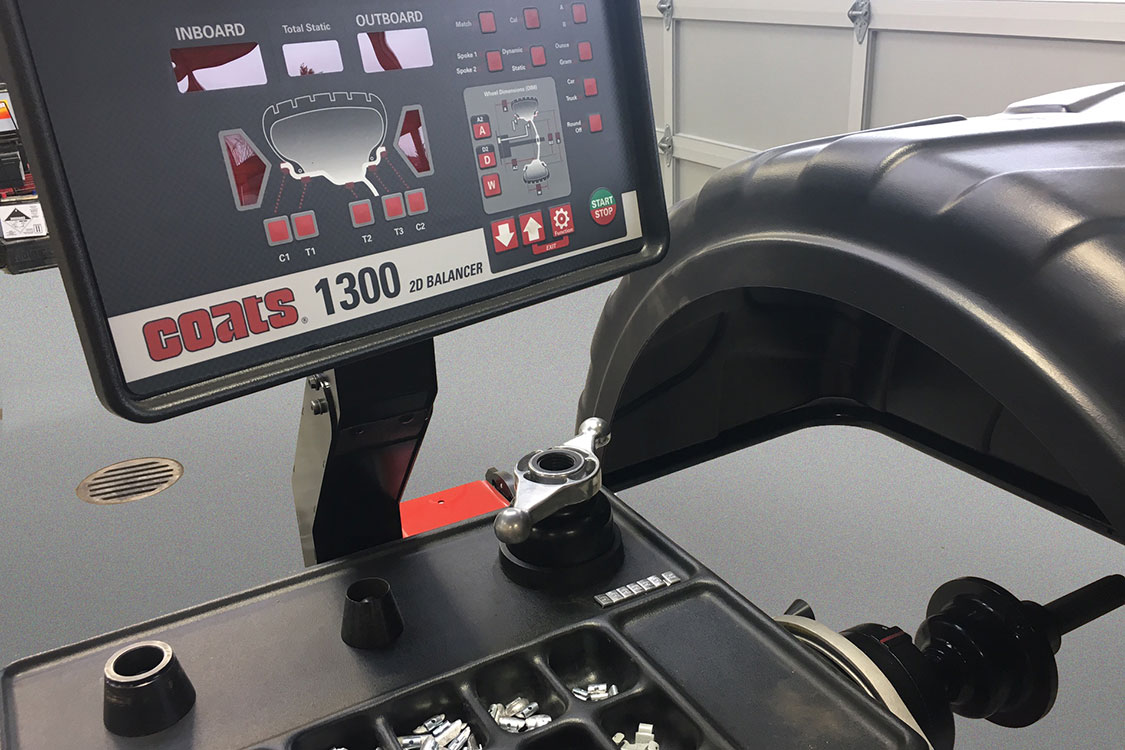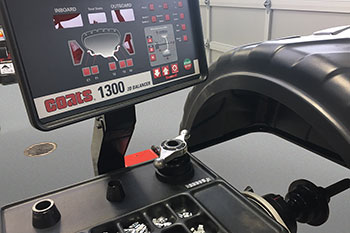
Tire Rotation
Tires rotate all the time as they roll down the road. But that’s not what it means to “rotate” your tires. Rotating tires means moving them from one location to another and from left to right or back to front, or even diagonally.
Why rotate tires? Tires tend to wear unevenly. The front tires tend to wear on the outside edges because the tire leans over when you turn a corner.
The rear tires just follow the fronts so they usually wear more evenly. If you leave tires in place, those outside edges on the front tires will wear down much faster than the rest. You’ll have to replace the tires thousands of kilometers sooner.
A poor alignment or unbalanced tires can also cause uneven wear. Rotating tires keeps from them from wearing unevenly. That will make your ride smoother and handling safer. And, it extends the life of your tires, saving you time and money in the long run.
Tire Rotation includes:
- Each wheel removed from vehicle and moved to a different position
- Check air pressure and adjust as necessary
- Check brakes
Having your tires rotated twice a year helps them wear longer and more evenly. If you have front wheel drive, rotation is even more important.
Tire Balancing
Every time a wheel is first mounted onto the axle with a new tire, it has to be balanced. The goal is to make sure the weight is even around the axle. Wheel balance is checked on a wheel balancing machine that can sense as little as ¼ ounce difference in weight around the wheel. Why worry about ¼ ounce on a wheel that weighs many pounds? That tiny amount of weight is traveling very fast around the axle: hundred of times a minute. It creates enough momentum to cause serious vibration. And, when you multiply by 4 wheels, the wobble really adds up.
Unbalanced tires put uneven pressure on the treads. Tires get too hot and wear unevenly. Tire imbalance can also strain the wheel bearings and suspension system.
During typical use, it is a good idea to have your tires balanced at least once a year.

